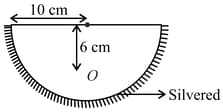Explain formation of images by convex and concave mirrors for different object position. Show the size, position and nature of image by ray diagrams.
Important Questions on Reflection of Light
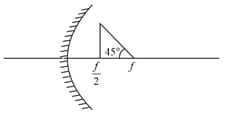
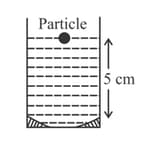
Where will you keep an object in front of a concave mirror to get a real and diminished image?
A long object is placed in front of a concave mirror of radius of curvature . The distance of object from mirror is . Find the distance and size of the image.
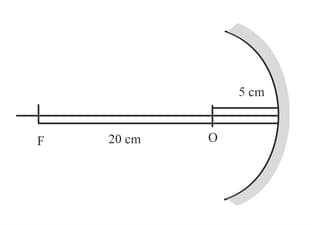
Arrive at the relation between the focal length and radius of curvature of a spherical concave mirror.
An object '' is placed at a distance of in front of a concave mirror of radius of curvature as shown in the figure. The object starts moving towards the mirror at a speed . The position of the image from the mirror after will be at _____ .

A spherical mirror is obtained as shown in the figure from a hollow glass sphere, if an object is positioned in front of the mirror, what will be the nature and magnification of the image of the object? (Figure down as schematic and not to scale)
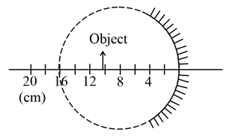
A hemispherical glass body of radius 10 cm and refractive index 1.5 is silvered on its curved surface. A small air bubble is 6 cm below the flat surface inside it along the axis. The position of the image of the air bubble made by the mirror is seen :
